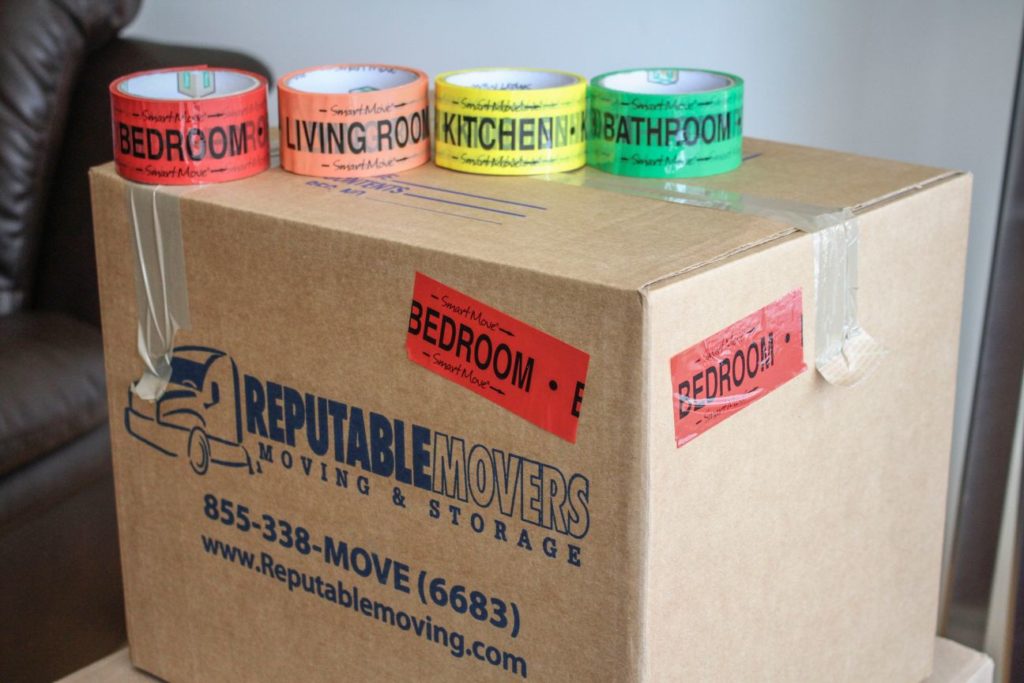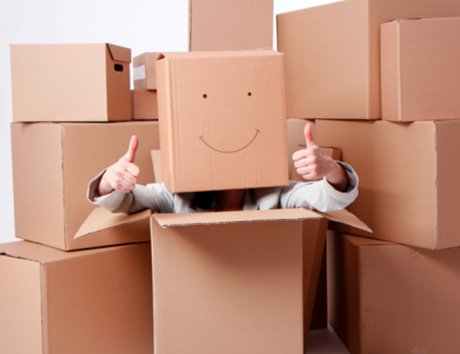
12 Dec 7 Super Packing Tips
Moving is considered one of the top stresses in peoples’ lives. That’s probably because it’s really stressful; actually, it’s definitely because it’s super stressful. So if you’re planning a move, you’re probably stressed, or super stressed, that is. To help take your stress levels a few notches lower and keep them at bay, we have compiled as short list of packing tips, enumerating best practices for packing.
1. Reorganizing:
Before you can even contemplate packing up all of your belongings, you’re going to have to go through all of your stuff and reorganize. As you do so, you’ll want to try to get rid of anything that’s not good anymore, give away anything you can’t use any longer and then reorganize the rest. This way, when you sit down to start packing, everything will be in order and you won’t be packing up your clutter and mess. You’ll even have less to pack once you get rid of the excess stuff. Oh, and you know what else? When you get to your new home and start unpacking, it will be an absolute pleasure; everything will be pre-sifted and orderly. Sounds good – right?
2. Moving Boxes:
It’s absolutely worth while to invest in quality moving boxes, as apposed to reusing someone else’s old moving boxes or using thin grocery boxes. Moving boxes are usually fairly priced and using flimsy boxes that can’t hold the weight of the things inside of them, can make things fall through the cracks – literally. So as tempting as it is to get the free ones, include packing boxes in your moving expenses, it’s a worthwhile investment.
3. Make a Packing Schedule:
Instead of leaving all of the packing for the last minute crunch, or what I would call; a packing-a-thon that will tire you out before you even start moving day, start a few weeks ahead of time. Make a schedule where you put in a minimal amount of time each day, say an hour, to packing. It doesn’t have to be a lot of time at once, but it should be every day on a steady basis. In this way, it won’t hit you all at once. Instead, you’ll slowly invest a bit of time each day and before you know it, it will all get done – slowly, steadily and seamlessly.
4. Color Coding:

Mark off your boxes by putting a different color label for each room. Meaning, for example; blue labels for boxes that belong in the kitchen, red for the master bedroom boxes and yellow for dinning room boxes. You can do this by either using different colored duck-tape or masking tape, or by just printing out different colored labels. As you finish packing each box and mark off its contents, put the colored label that matches the room that that box belongs in. On moving day, put a colored label or piece of tape on the entrance to each room, so that the boxes could be matched to their correct room. This will save a lot of time on moving day. Instead of the movers having to read each label before finding the right room for each box, they can just do a color match. How easy is that?
5. Pack Easy-to-Lift Boxes:
Don’t over-stuff your boxes to the point that they are either too heavy to lift or have a chance of their contents falling through the bottom because they are too heavy. Rather than trying to cram all of your belongings into a few boxes that won’t be movable in the end anyway; pack a higher quantity of lighter boxes that are easy-to-lift.
6. Pack Right:
Believe it or not, there’s actually a right way to pack cardboard boxes. It’s not just about throwing everything you own inside a box, the faster the better. There’s a method to this madness…
Firstly, using the right size boxes for the right items is important. Meaning, put heavy items, like books, in small boxes and light weight items, like clothing, in bigger boxes. This helps with evening out the weight of each box so that they are all liftable. A box filled with books will be a lot heavier than a box of clothing. That’s why it’s better to pack books, or any heavy item, in a small box. This will cap its weight so it doesn’t get too heavy to lift.
Also, when packing boxes, fill any empty spaces with packing paper, bubble wrap or just some extra towels or rags from around the house, in order to hold items in place and prevent shifting during the move. This will decrease the possibility of items breaking or getting damaged while being transported.
Additionally, if you’re packing a box with both heavy and light items, put the heavy items in first so that they are on the bottom and the lighter ones on top. This will balance the boxes and help prevent them from falling over due to being top-heavy.
Finally, for delicate, breakable items, be sure to cushion them with plenty of paper, cloth or any form of padding to prevent them from breaking. This will save you stress in the long run.
7. Multi Purpose Packing:
Items such as clothing, linen and towels can take up a lot of space, most of the moving truck, for that matter… if you’re not careful, that is. To help condense and save space, using these items as fillers for empty spaces in other boxes or to cushion delicate items. In this way they will serve a cushion and you’ll save space at the same time.

Happy Packing 🙂
















Sorry, the comment form is closed at this time.